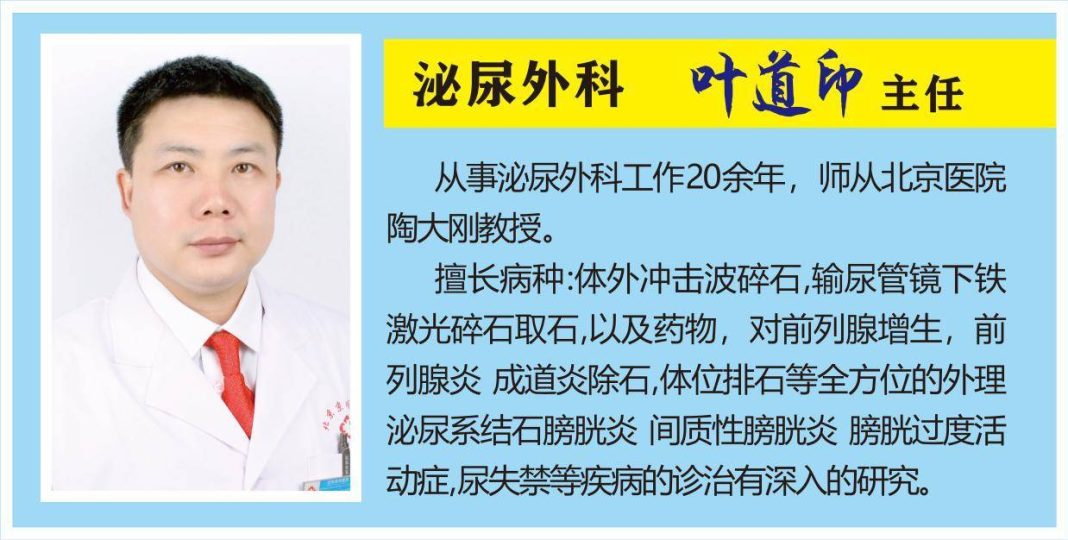The summer break is about to end, and undergoing circumcision during this period seems to have become a “popular” choice. Whether to cut or not, and how to cut has become a concerning issue for many parents. There are various methods for circumcision, each with its own advantages and disadvantages. Today, Director Ye Daoyin from the Urology Department of Jingshun will share some insights.
1. Traditional circumcision: Traditional circumcision is the oldest surgical method. The doctor uses a surgical knife to remove the excess foreskin and then stitches the area. The procedure is relatively straightforward, and the technique is well-established.
Advantages: The surgical method is simple and easy to perform, with low technical demands on the surgeon. It has a wide range of applications and is suitable for various degrees of phimosis and excessive foreskin.
Disadvantages: The surgery takes relatively longer, usually around 30 minutes. Recovery is relatively slow post-operatively, and it may take a long time to fully heal. The postoperative scars are quite noticeable, which may affect aesthetics.
2. Foreskin ring procedure: This uses a special ring to apply pressure to the **, causing the excess foreskin to gradually fall off. This method does not require direct cutting, reducing surgical trauma.
Advantages: The surgery is quick, simple, and easy to perform. Postoperative care is convenient, with minimal bleeding and no need for stitches to be removed.
Disadvantages: Some patients may experience ring detachment, requiring regular checks and adjustments. There may be mild pain and discomfort during the detachment process.
3. Disposable circumcision stapler surgery: This method employs a disposable circumcision stapler to quickly remove excess foreskin and apply stapling for a neat and aesthetically pleasing incision.
Advantages: The procedure is easy and swift, with no need for sutures. The incision is neat and beautiful, and postoperative erection pain is relatively mild. The incidence of tissue edema and incision infection is lower.
Disadvantages: The detachment time for the staples may be prolonged, requiring regular follow-ups. The surgical cost is relatively high, necessitating the use of specialized instruments.
What should be noted after surgery?
1. Generally, after surgery, the patient should rest in the observation area for half an hour. If there is no particular discomfort, they can leave the hospital;
2. Mild swelling in the ** area within 3 to 4 days postoperatively is normal, caused by local inflammatory edema and requires no special treatment;
3. Postoperative bleeding from the incision is most common within the first 24 hours. If the bleeding is not significant, such as only staining part of the gauze, no special treatment is needed and it often stops on its own. If there is substantial bleeding or fresh blood is observed dripping from the gauze, medical attention should be sought promptly;
4. It is advisable to wear loose, breathable, cotton underwear post-surgery to reduce friction. Sexual stimulation and holding urine should be avoided within one week postoperatively to prevent ** erections that may cause the incision to split, leading to bleeding and infection;
5. Typically, oral antibiotics are sufficient for three days after standard circumcision, with routine dressing changes on the third and fifth days post-surgery;
6. The wound typically heals in about a week, but if vigorous activity or trauma occurs post-healing, splitting may still happen. The stitches after circumcision usually do not need to be removed as they’ll fall off on their own after about four weeks. If there is redness, swelling, drainage at the stitch site, or if they have not fallen off after four weeks, a hospital visit for stitch removal is advised;
7. Surgery generally does not affect urination. Some younger children may be reluctant to urinate due to ** pain, and should be comforted or encouraged to do so. Before the wound heals, care should be taken to keep the gauze dressing dry during urination. A one-time paper cup can be used,


